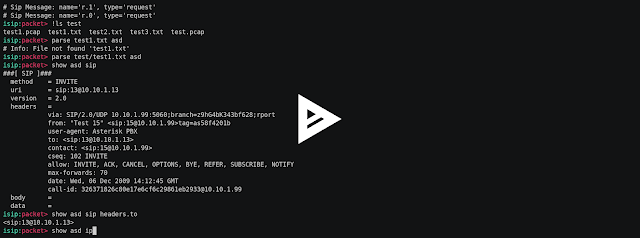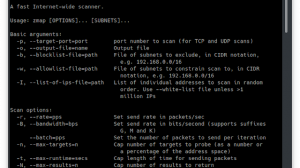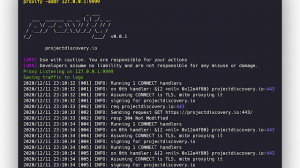Interactive sip toolkit for packet manipulations, sniffing, man in the middle attacks, fuzzing, simulating of dos attacks.
Video
Setup
git clone https://github.com/halitalptekin/isip.git
cd isip
pip install -r requirements.txtUsage
- Packet manipulation tools are in
packetcmd loop. First start, you are in themaincmd loop.
isip:main> packet
isip:packet>- Create a new sip packet with
newcommand. If you don’t write name, isip create the packet named bymessage-{id}.
isip:packet> new
isip:packet> new r1- List the all created sip packets with
listcommand.
isip:packet> list- Show properties of packets with
showcommand. You can typeip,udporsipwithshowcommand.
isip:packet> show message-1
isip:packet> show message-1 ip
isip:packet> show message-1 udp
isip:packet> show message-1 sip
isip:packet> show message-1 ip src
isip:packet> show message-1 udp sport
isip:packet> show message-1 sip uri
isip:packet> show message-1 sip headers.to- Set the properties of packets with
setcommand. You can typeip,udporsipand properties label withshowcommand.
isip> set message-1 ip src 12.12.12.12
isip> set message-1 udp sport 4545
isip> set message-1 sip method OPTIONS
isip> set message-1 sip headers.from "blabla"- Set the random properties of packets with
setcommand. You can use withrandom-headers-from,random-headers-to,random-headers-call-id,random-headers-max-forwards,random-headers-user-agent,random-headers-contact,random-headers-invite-cseq,random-headers-register-cseqcommands.
isip:packet> set message-1 ip src random-ip
isip:packet> set message-1 udp sport random-port
isip:packet> set message-1 sip headers.from random-headers-from
isip:packet> set message-1 sip headers.to random-headers-to
isip:packet> set message-1 sip headers.contact random-headers-contact
isip:packet> set message-1 sip body random-data 50- Send the packet with
sendcommand.
isip:packet> send message-1 1
isip:packet> send message-1 150- Parse the text file to packet with
parsecommand.
isip:packet> parse test/test1.txt r1- Load the packets from
pcapfile withloadcommand. If you don’t write name, isip create the packet named bymessage-{id}.
isip:packet> load test.pcap r1
isip:packet> load test.pcap- Save the packets tp
pcapfile withsavecommand. You can save the packet list just single command.
isip:packet> save r1 test.pcap
isip:packet> save r2 test.pcap # assume you have r2.0, r2.1, r2.2, r2.3 ...- Open the wireshark for packets with
wiresharkcommand.
isip:packet> wireshark r1
isip:packet> wireshark r2 # assume you have r2.0, r2.1, r2.2, r2.3 ...- List the history with
histcommand.
isip:packet> hist- Execute the shell command with
shellor!.
isip:packet> shell ls -la
isip:packet> ! cat /etc/passwd- Show the help page with
?orhelpcommand.
isip> ?
isip> help
isip:packet> ?
isip:packet> help
isip:packet> help new
isip:packet> help send
isip:packet> help set
isip:packet> help show





















Add Comment